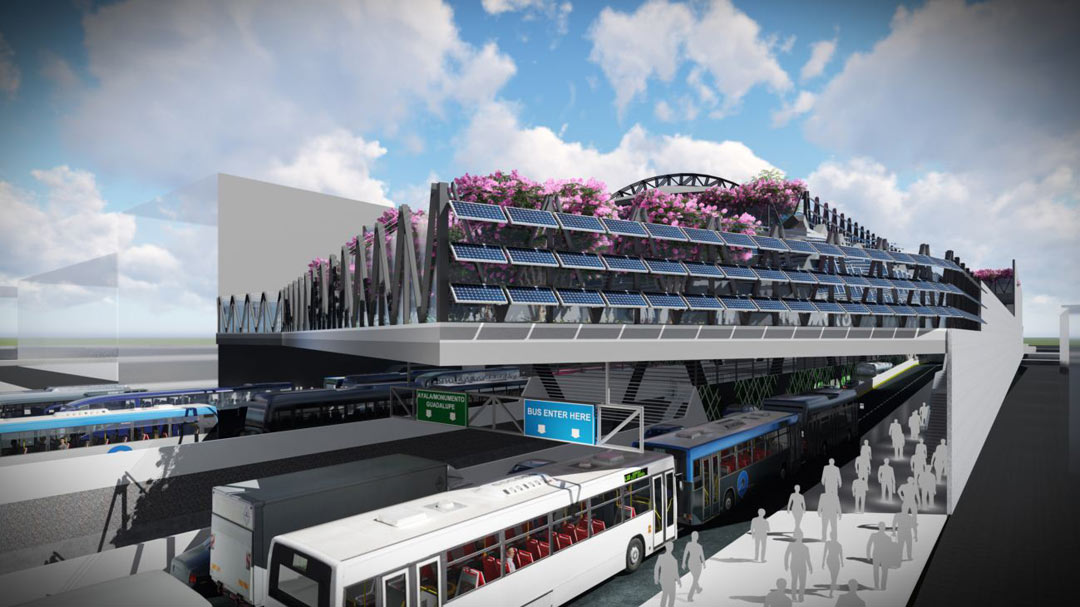
Design Better Extended: Terminal gardens in Hubilla Design Group’s Ayala MRT station
The MRT-3 stations along EDSA are vital connections in Metro Manila’s daily commute. The Ayala MRT Station is a transport node for commuter transfers between rail, bus, and taxi services for the business districts of Makati and Bonifacio Global City. Over a million commuters use this station every month. Throw in the train breakdowns and queuing from the roadside to platform for over an hour, the daily commute alone makes every workday challenging, harrying, and exhausting.
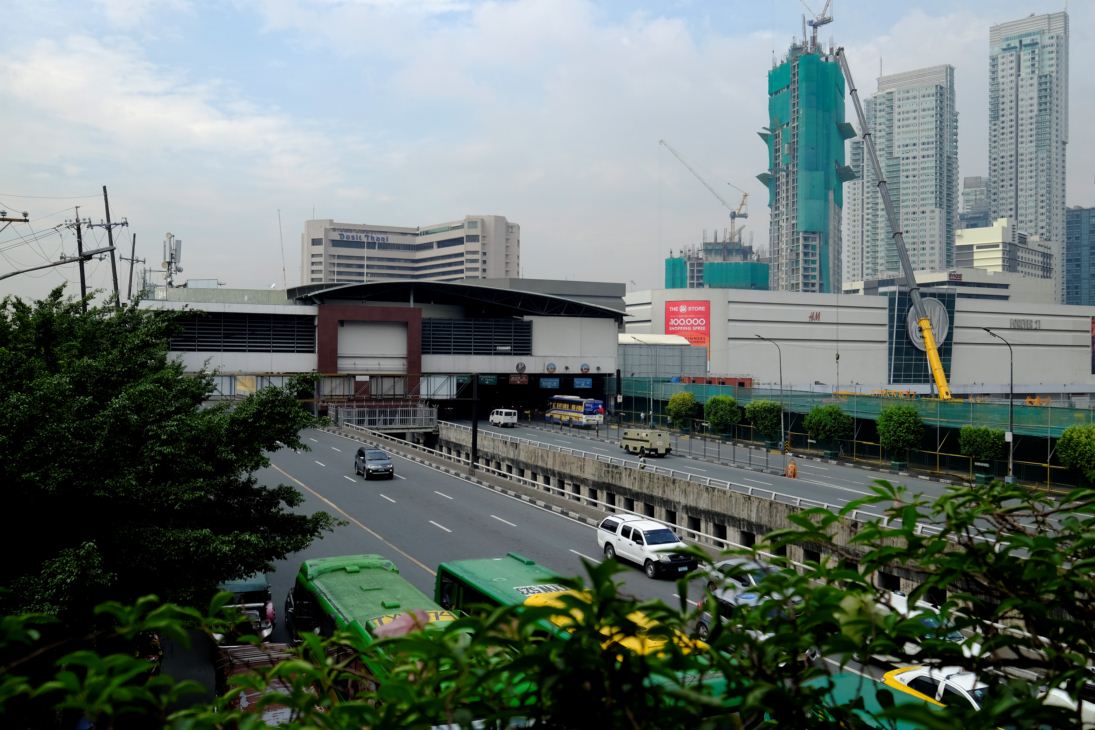
The lack of spacious passenger areas for transfers to and from buses and vans along EDSA is a major concern. Northbound along EDSA, passengers currently have one staircase to access the Ayala station. They alight from their rides onto a narrow sidewalk forested by the station’s massive columns. On the southbound lane, two stairs lead up to the station from the bus lanes. An exterior staircase, escalator, and lift climb alongside the adjacent mall that also has a bridgeway into the station.
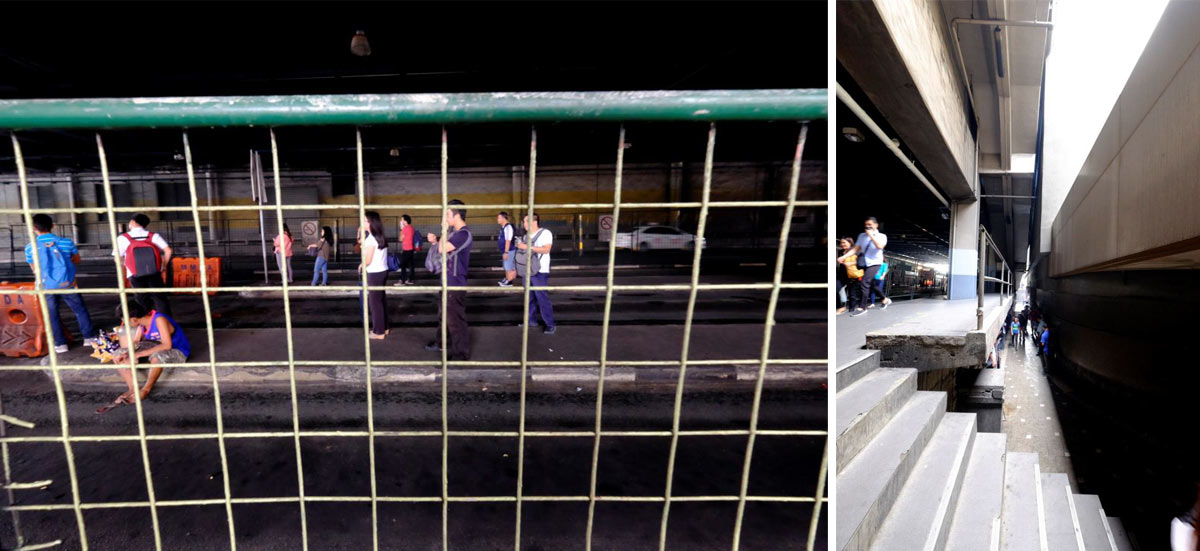
Another concern is the lack of lighting and ventilation along the southbound bus lanes below the station’s sprawling floor area. Also, the infrequency of trains causes passengers to wait in long lines that extend past waiting areas, down and outside the roofed confines of the station.
Mission Control
Hubilla Design Group’s proposal addresses commuter comfort and the ease of transfers between transport modes through a strategic layering of functions, orientation, spaces, voids, surfaces, and landscaping.
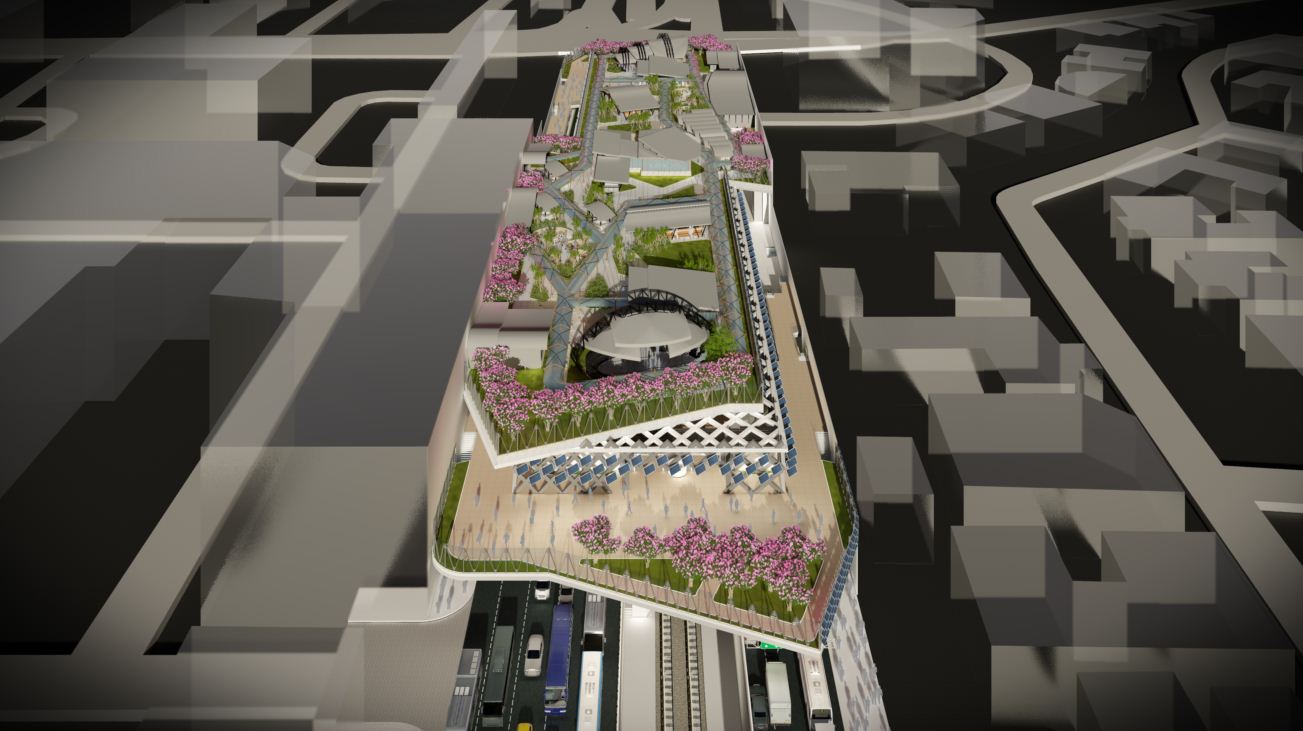
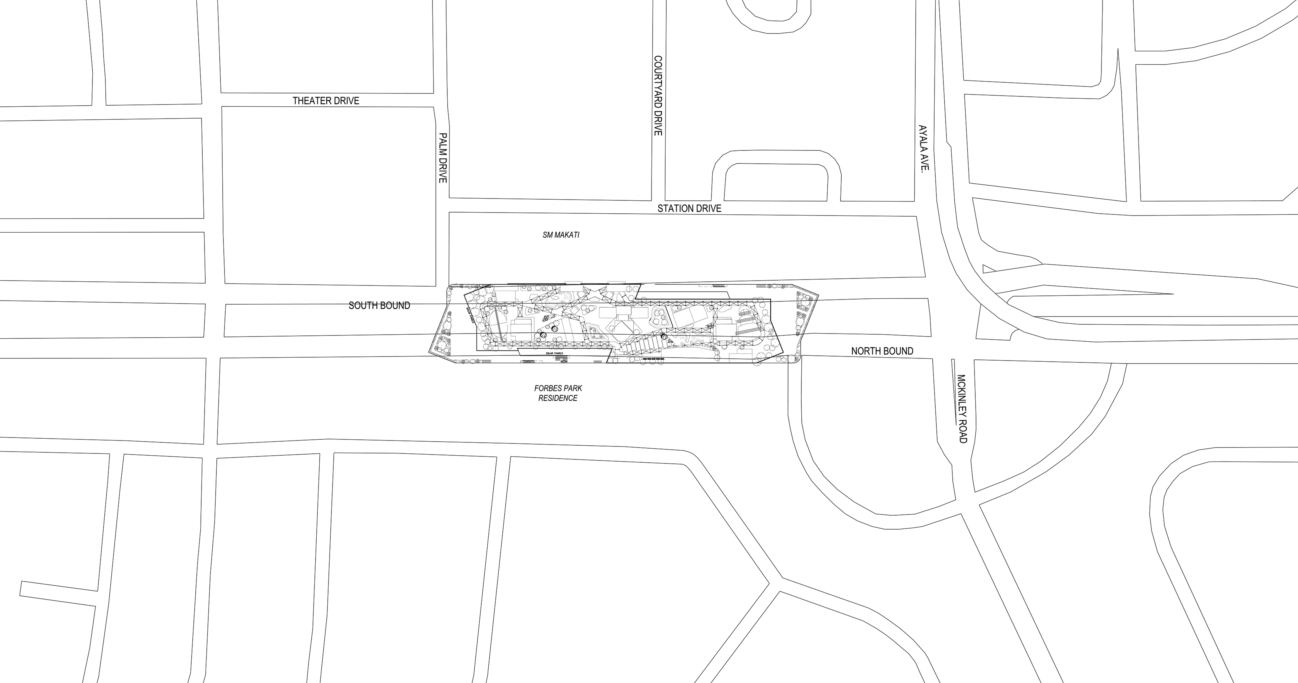
Lift Off and Touchdown
Street-level station access is increased through larger waiting areas within the voids below the elevated bus ramps on both sides of EDSA. Multiple outdoor escalators, lifts, and stairs, ferry passengers up to the terminal level. Bridgeways to the mall and commercial area on the southbound side are maintained as well. Bus platform lightwells and emission sensor-activated fans prevent the accumulation of carbon monoxide and diesel fumes along both EDSA commuter waiting areas.
On the Ayala MRT station terminal level, ticketing machines stand next to the security scanners of four entrances. Public gardens link both entrance gates. Solar collectors are mounted along the southern garden’s perimeter. Turnstiles are oriented along the length of the station for larger waiting areas leading to the end gardens.
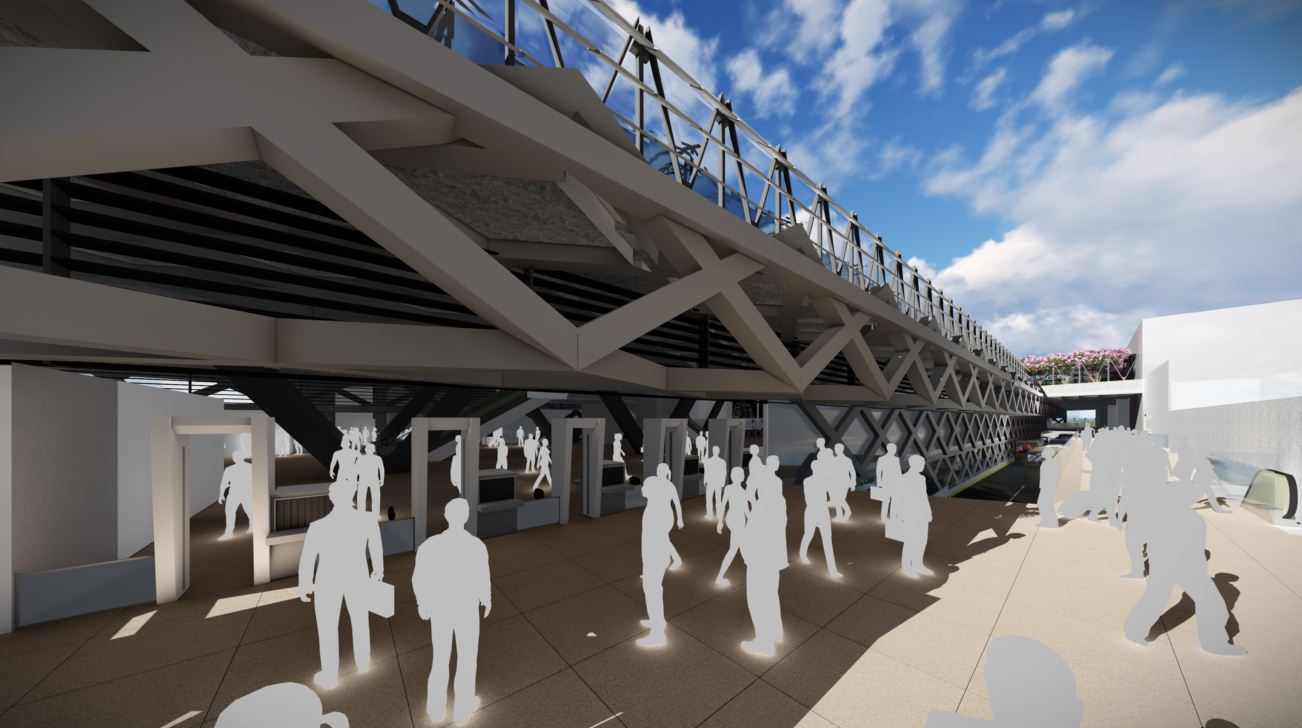
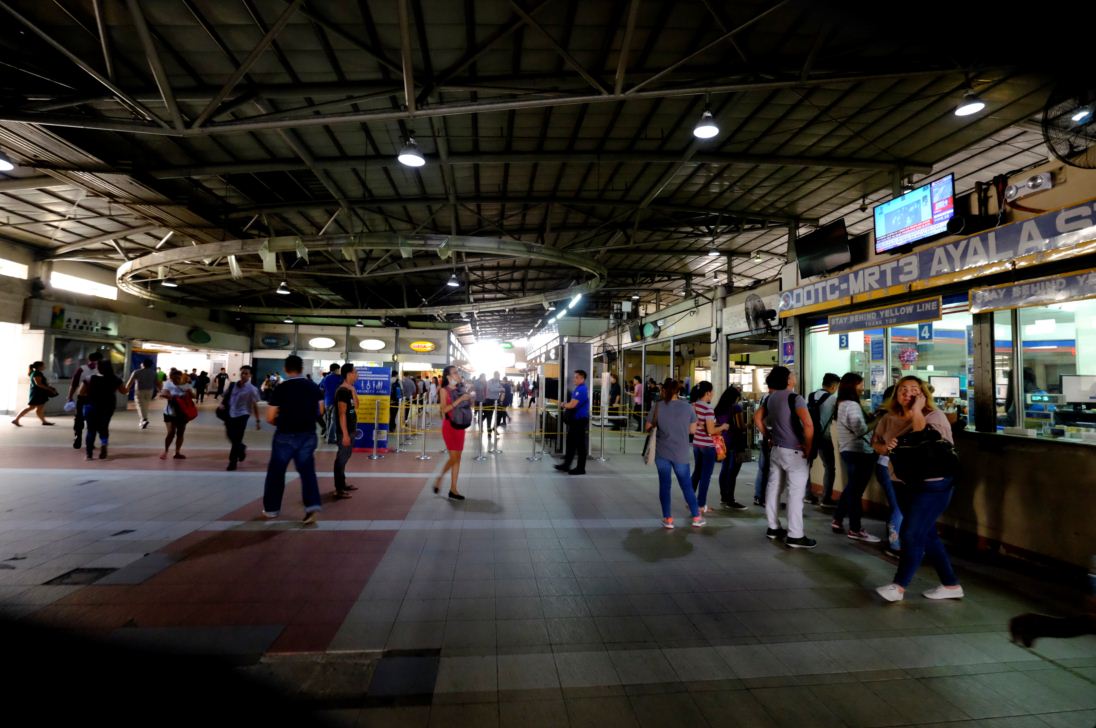
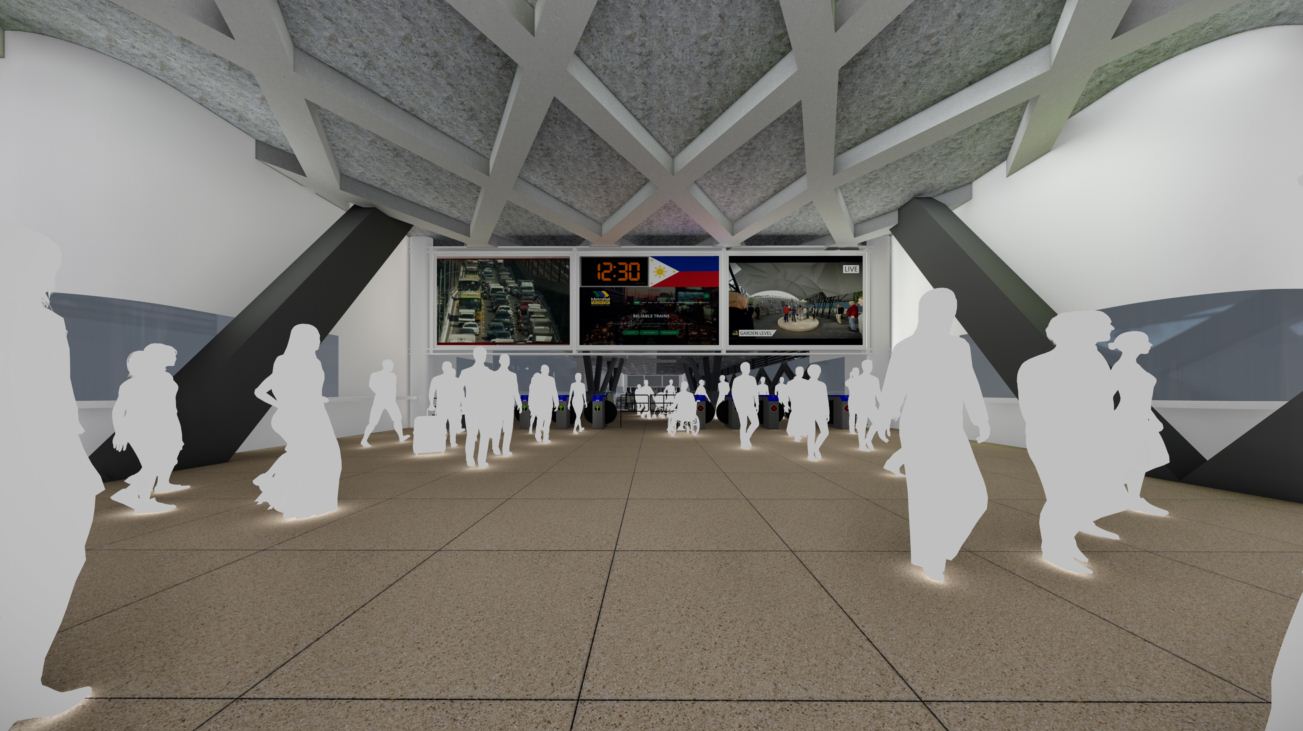
Skylights and wall grills descending to the train platforms let natural light and wind penetrate the space for brighter and less confining waiting areas. The design assumes the existing width and depth of the platforms and rails.
Commuters can use stairs, escalators, and lifts to the landscaped areas above. This anticipates increased commuter volumes and faster travels where excessive passenger queues no longer occur. Both landscaped spaces here and on the station level are designed with dining, retail, park and two covered performance spaces. Spineless Yucca (Yucca elephantipes) is planted in the inner green areas, Banaba (Lagerstroemia speciosa ) along the perimeter. Miyagos bushes, Picarra shrubs, and Frog grass are used on the lawns.
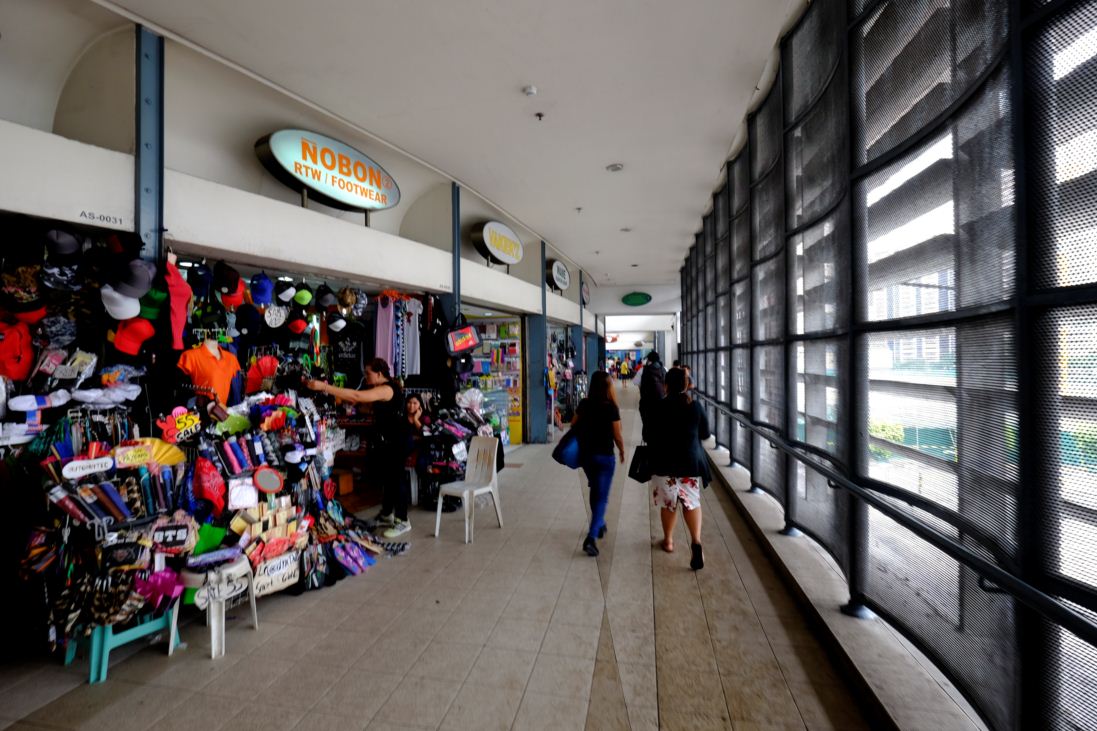
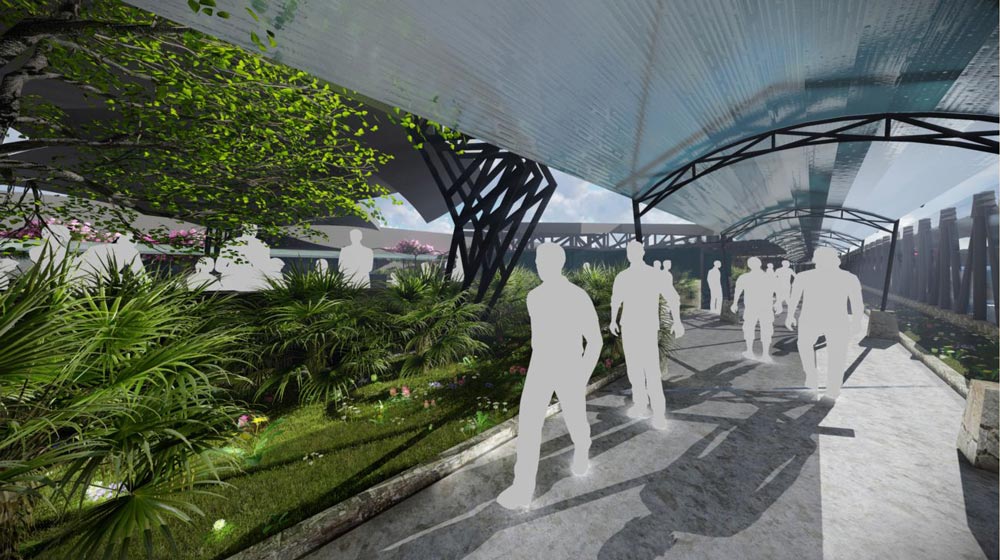
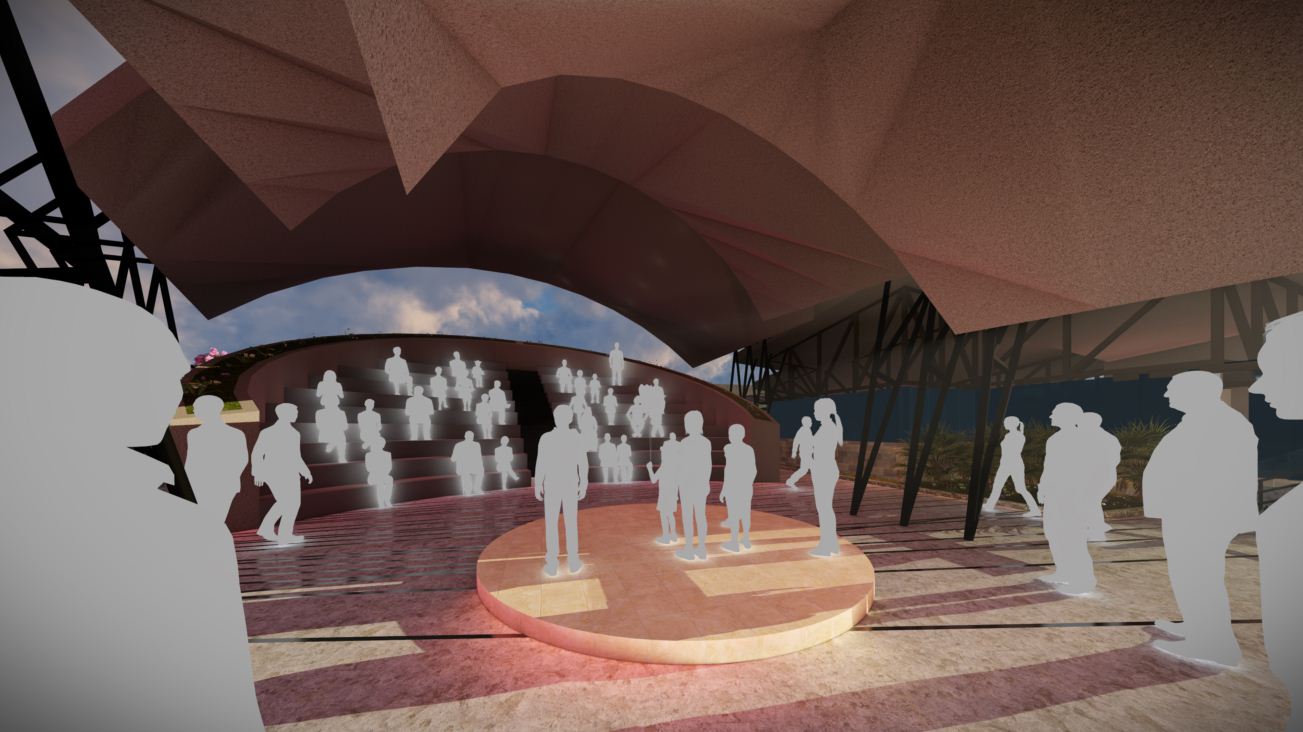
A diagrid system envelopes and supports the garden and terminal levels as well as the edges of both raised bus ramps. Weather-proof louvers and architectural glass panels keep the rains out while being permeable to changing wind patterns.
Nurturing Mobility
The MRT-3 is a system designed for 350,000 passengers serving over 500,000 commuters daily. Utilizing a busy station like Ayala involves navigating the crowded sidewalks and platforms to clock in, clock out, and make it home. For many Filipinos, the daily grind consists of the “sardine-can” inconvenience of the MRT-3 from queuing to alighting.

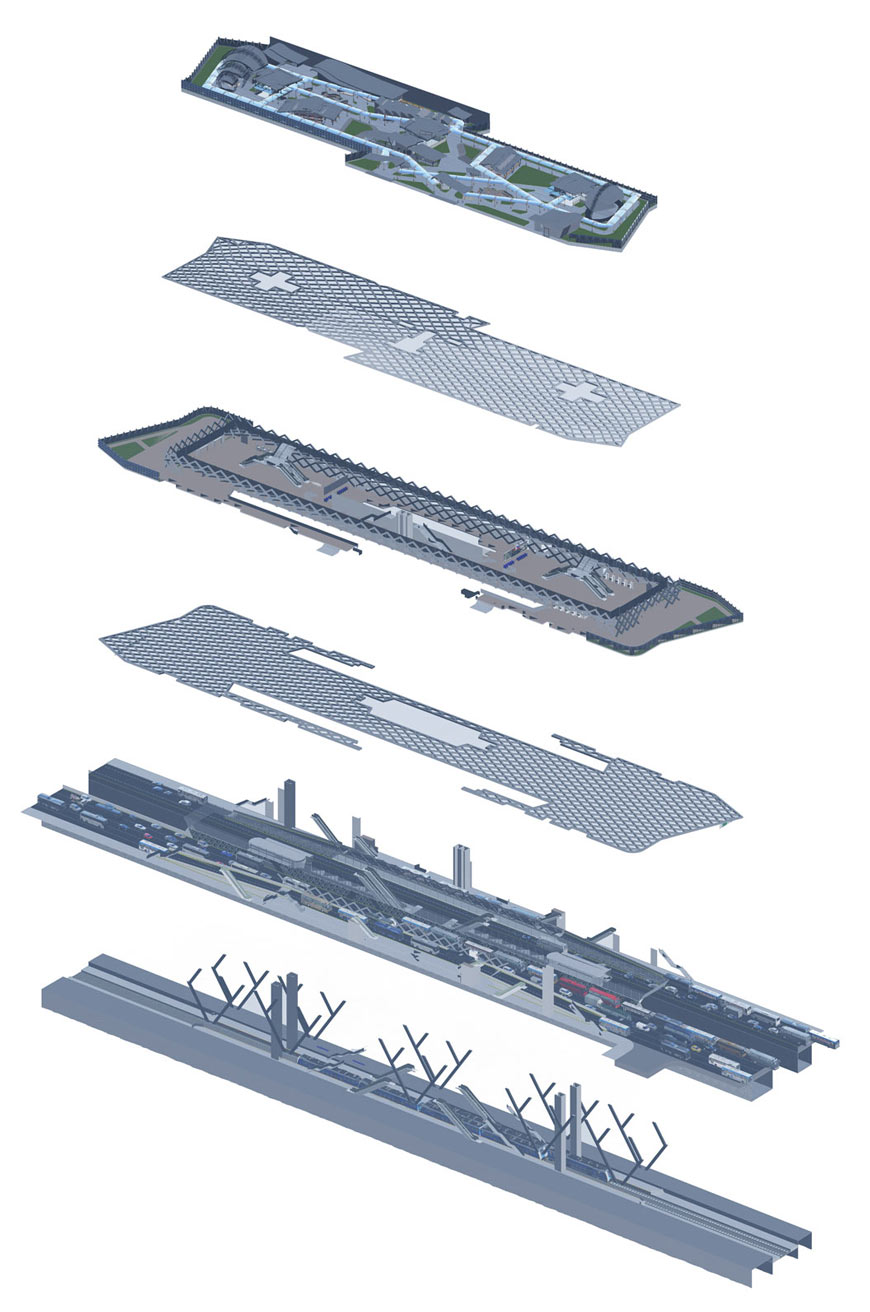
We have a public transportation crisis. There are plans to transfer MRT-3 operations to private companies who intend to invest billions of pesos in rehabilitating the system. While increasing the number of trips is on one side of the coin, improving railway facilities is on the other. We hope that the rehabilitation efforts materialize this time around and can transform the perception of metro rail commutes from dreary to empowering. ![]()
This proposal for the Ayala MRT station by Hubilla Design Group is an extension of BluPrint’s latest book Design Better. The book is available in National Bookstore and Powerbooks.


